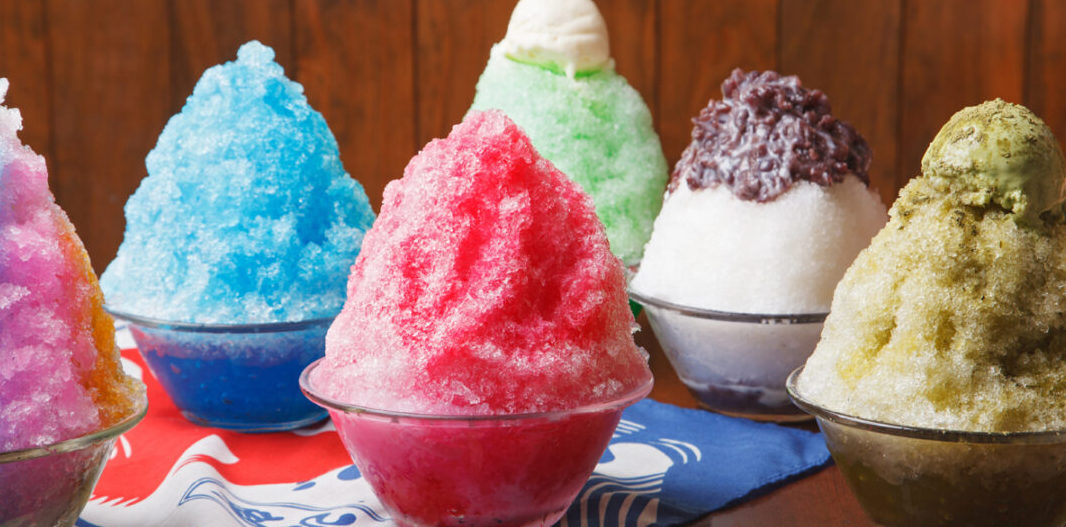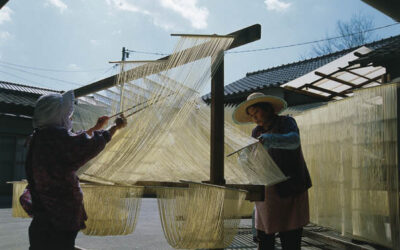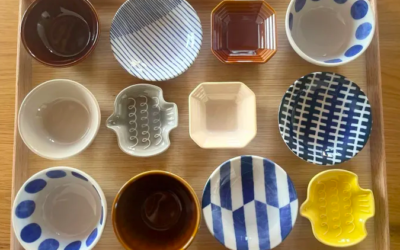
KAKI-GŌRI: Japan's contribution to Icy Confections
Long before refrigeration was invented, people around the world went to great lengths to keep food chilled. The world’s earliest written record of such efforts is an Iranian inscription dating back to 1700 BC that describes deep pits in which snow and ice was stored covered by insulating straw and mud. Evidence of similar sorts of ice cellars crop up throughout the world, at different points in time.
Japan’s documented ice story begins with himuro 氷室 (“ice room”) mentioned in an 8th century classic history, Nihon Shoki 日本書紀 (Chronicles of Japan). A bit later, circa 1000 AD, diarist Sei Shōnagon 清少納言 wrote a bawdy collection of poetry and observations of life at the Heian court she called The Pillow Book (Makura no Sōshi 枕草子). In the Pillow Book there is reference to crushed ice drizzled with sweet syrup — clearly the forerunner of today’s kaki-gōri confections.
One of the defining characteristics of Japanese shaved ice is its texture — what the japanese call fuwafuwa or “fluffy.” Both the type of ice and the blade used to shave it contribute to the special mouth-feel of Japanese shaved ice.
Although ice made from natural spring water, tennen-gōri 天然氷 is prized it is difficult (and costly) to source commercially. In recent years a market for “pure ice” or junpyō 純氷 has developed. Frozen under controlled conditions to prevent air bubbles and impurities from marring the ice, junpyō is sold in blocks of varying size.

Recipe & Newsletter
Read more about kaki-gōri in the JUNE 2023 newsletter.
Listen to my chat with Akiko Katayama, host of Heritage Radio Network’s JAPAN EATS. About ICE, of course!
Try your hand at making kaki-gōri with strawberry syrup. Visit PROJECT SHAVED ICE.




